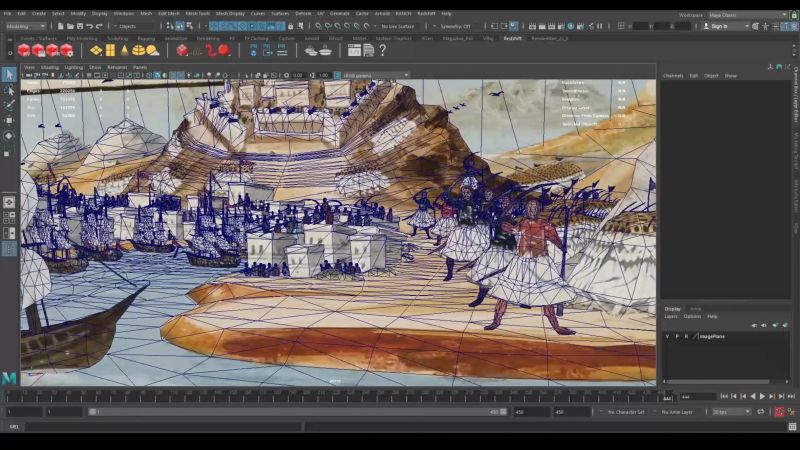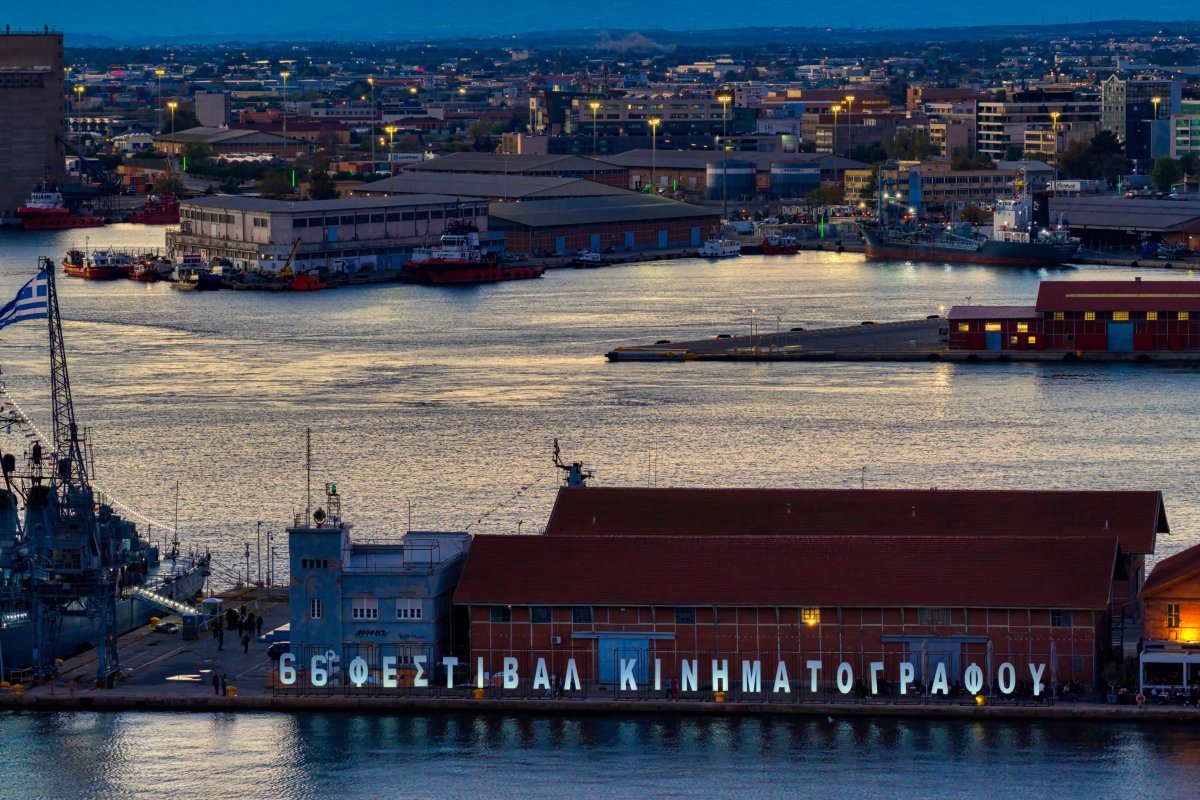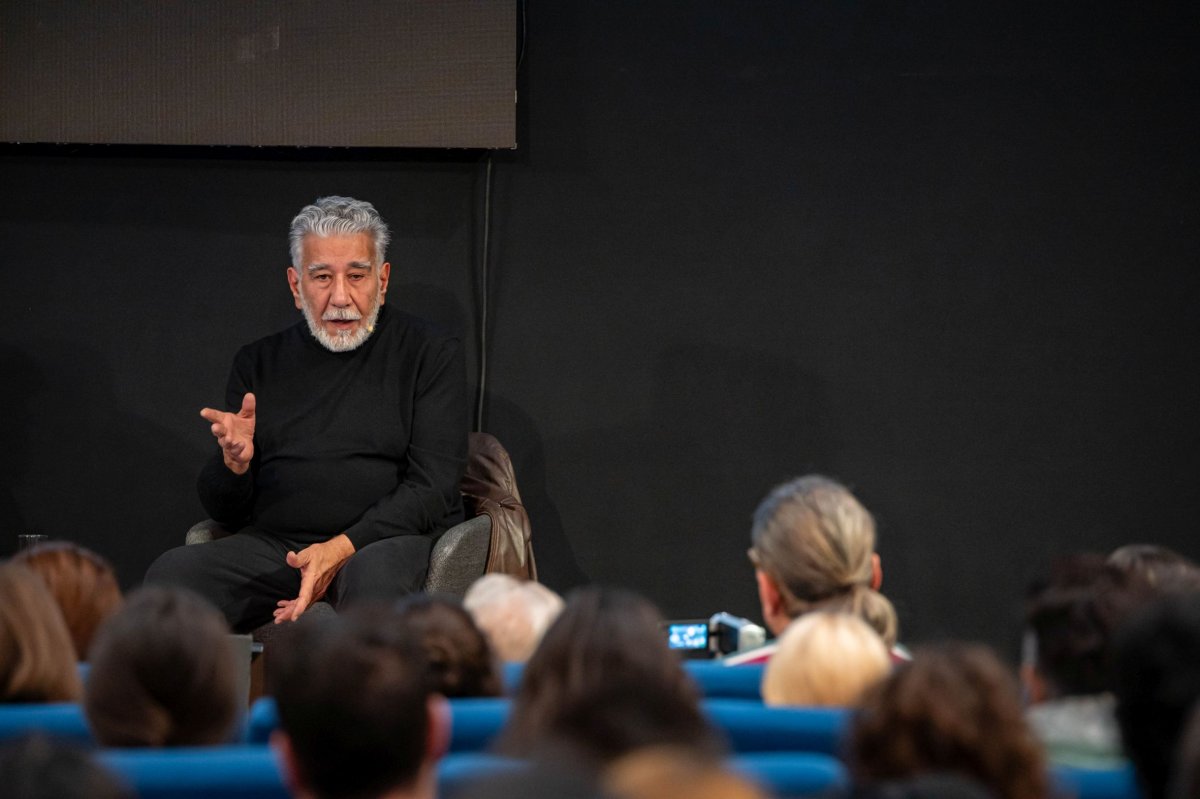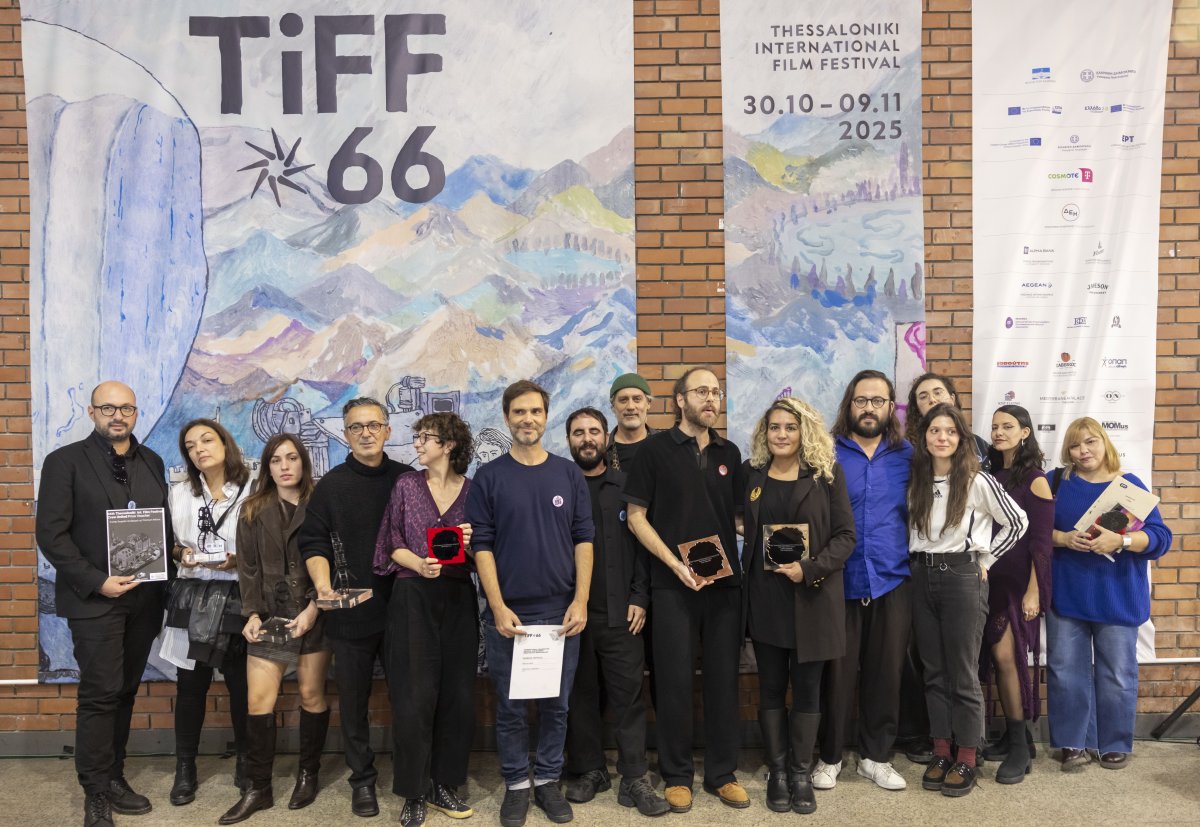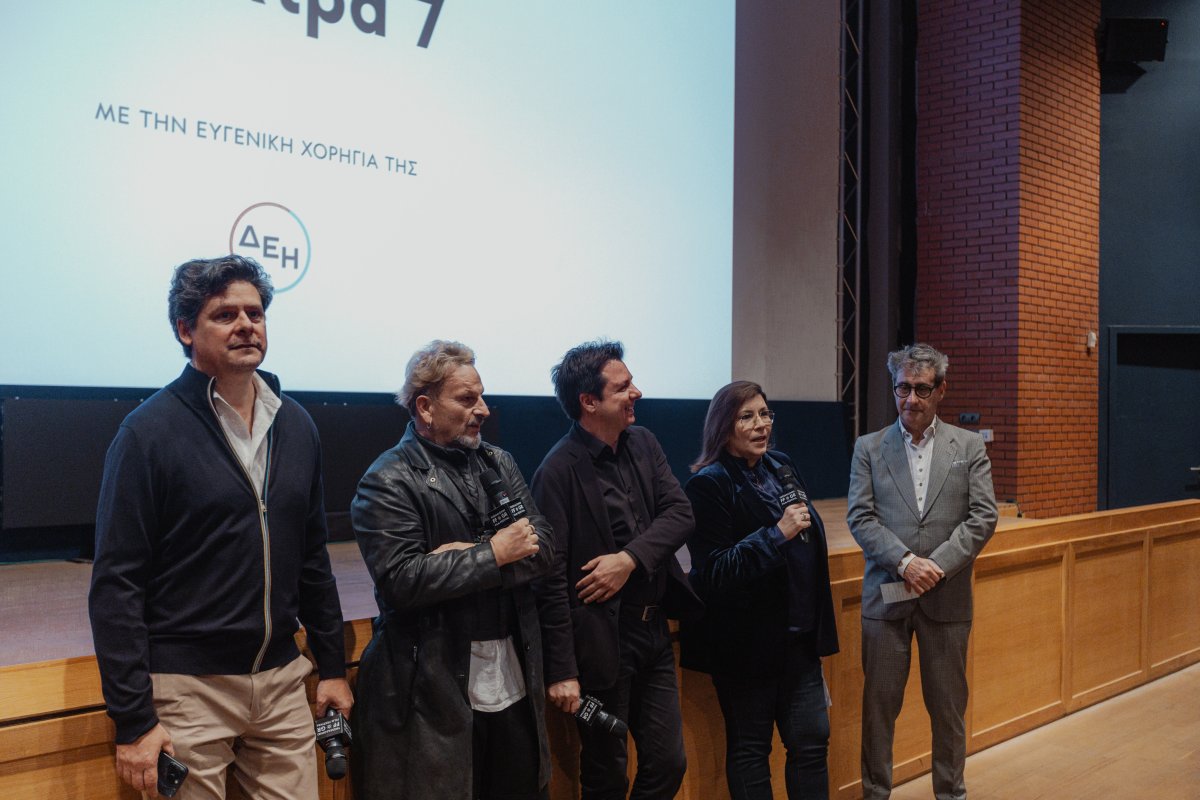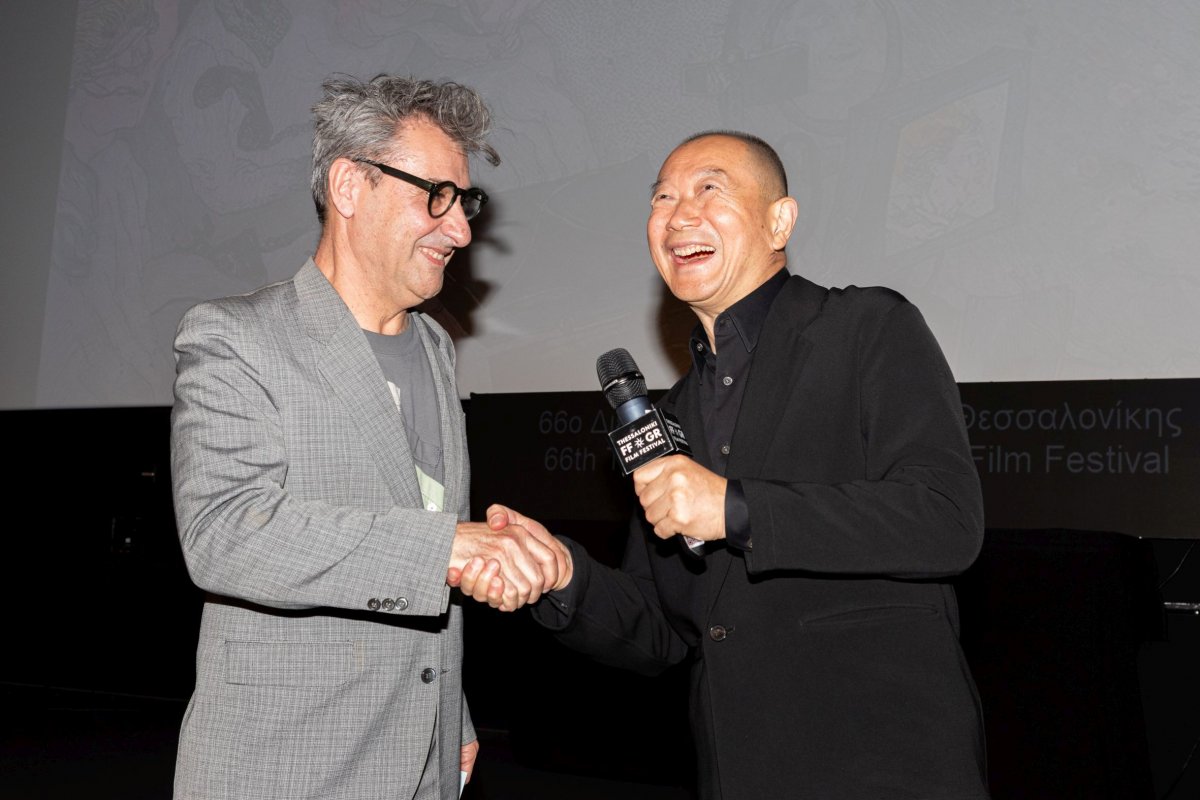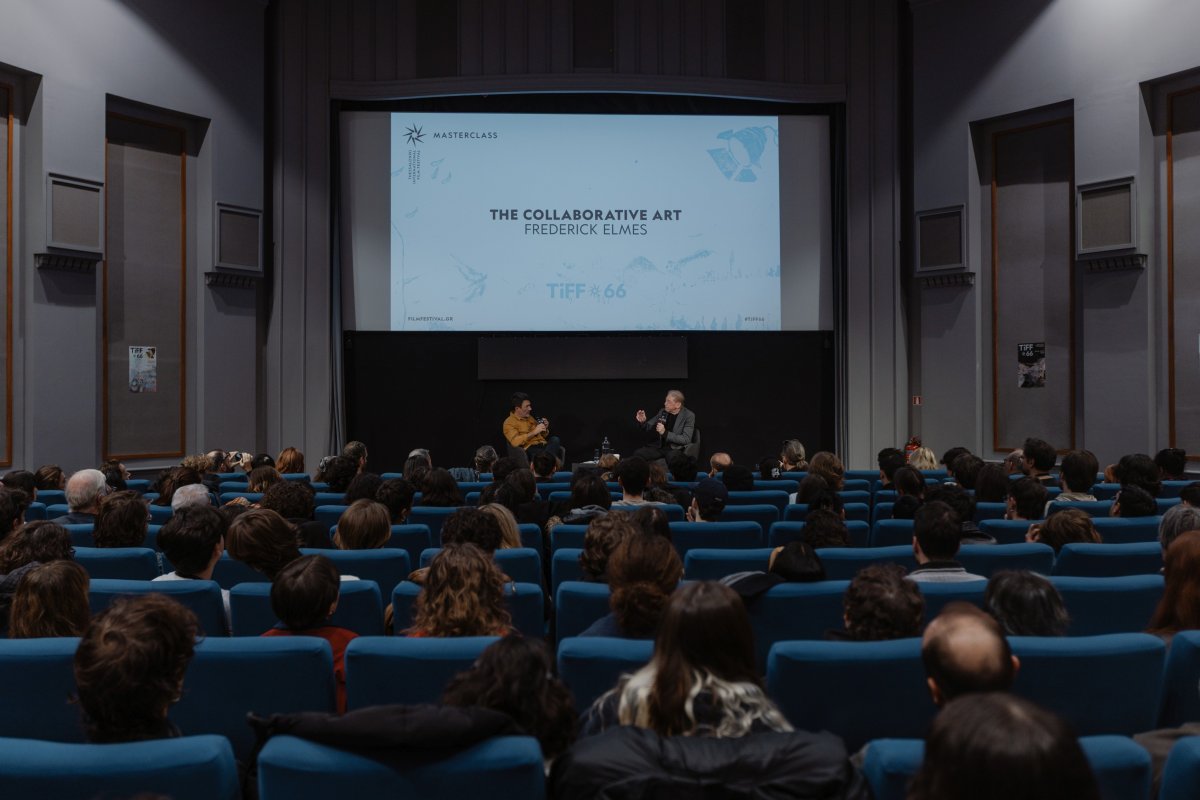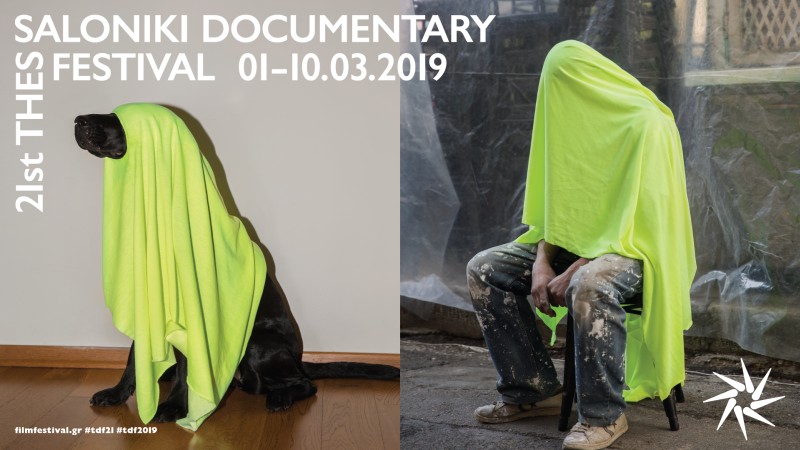TIFF celebrates the 200th anniversary of the Greek Revolution with the power of cinema and new technology
We present:
The Thessaloniki Film Festival celebrates the 200th anniversary of the Greek Revolution in an innovative and exciting way. The Festival looks on the past with respect and a spirit of reflection, making use of the tools new technologies and cinema have to offer.
e21: With the help of augmented reality, we created an interactive application for mobile phones and tablets, called “e21”. This app brings to life 24 paintings, created by folk painters Panagiotis and Dimitris Zografos and commissioned by General Makriyannis, who fought in the Greek War for Independence.
The city and the city: The film – multimedia installation “The city and the city” offers an inventive depiction of moments from the life and extermination of the Jewish community of Thessaloniki, bringing us face to face with the issue of memory and the painful wounds that still remain to be healed.
Special edition: This year’s Non-Catalogue of the 23rd Thessaloniki Documentary Festival is dedicated to the Greek Revolution of 1821. It includes detailed information on the e21 application and “The city and the city” project, as well as a list of all Greek fiction films and documentaries that pertain to the 1821 Revolution.
About the Greek War of Independence
Since the early 11th century, the Ottoman Empire had already conquered the geographical area, which now constitutes modern Greece – the fall of Constantinople in 1453 conventionally marks the beginning of Ottoman occupation.
Alexander Ypsilantis – a Greek who served as an officer in the Tsarist Army and headed the Society of Friends (Filiki Eteria) – was the first to envision the outbreak of the Greek Revolution on March 25, 1821, associating it with the Annunciation of the Blessed Virgin Mary as the uprising that “annunciated the political redemption of the Greek state.”
The first battles took place in February 1821 when Ypsilantis invaded the Moldo-Wallachia territory (the Danubian principalities in Eastern Europe). Although his campaign failed, in the following month the uprising flared up throughout the Greek region. Regardless of the date’s strong symbolism, many insurgencies grew in numerous areas and the revolutionary Greek armies soon prevailed over the Peloponnese, Central Greece and many islands of the Aegean Sea.
The spark of the revolt was followed by a six-year period of great historical importance. Battles occurred concurrently in cities, fortresses, the mountains and at sea, and often wavered from victories to defeats.
The Greek Revolution raised a great deal of awareness amongst the European politicians, the military, diplomats and artists, who combinedly formed a powerful philhellenic movement. The naval battle at Navarino bay in October 1827 was the decisive point of the Revolution, as the joined naval forces of the English, the French and the Russians destroyed the Turko-Egyptian armada.
In the same year, the Third National Assembly elected Ioannis Kapodistrias as the first Governor of the Greek State. Kapodistrias arrived in Nafplio, the first capital of Greece, in January 1828. Greece officially proclaimed its independence from the Ottoman Empire under the London Protocol, signed on 22 January 1830.
e21: Download the app and live the battles of 1821
The Thessaloniki Film Festival looks back at the Memoirs of General Makriyannis and revives the battles in which he took part through the e21 application, offering an unprecedented experience to anyone who wants to experience that era. The Festival’s purpose is to convey the atmosphere of the 1821 Revolution to the culture, art and technology of today.
The impetus for this initiative was the timeless and inexhaustible power of the Memoirs of Ioannis Makriyannis. Makriyannis himself instructed the popular painters Panagiotis and Dimitris Zografos to depict scenes from the battles and events of the Revolution, as he remembered and recorded them in his Memoirs. The result was 24 paintings crafted by Panagiotis and Dimitris Zografos, which narrate fascinating episodes from the Revolution of 1821. The paintings are accompanied by detailed memoirs, through which Makriyannis narrates, comments and highlights unknown aspects and events of the Revolution.
The Festival turned the 24 paintings to 3D, gave them movement and highlighted wonderful details that might not be visible at first sight. These 3D works of art are the basis for the e21 application. Right now you can explore eight paintings, while, gradually, all 24 will be developed in AR.
The users can download the application for free, wherever they are, and get acquainted with the story of Makriyannis, his Memoirs, their illustration, but also find out more about the 80 locations where the real battles that are depicted in the works, took place: from the Acropolis and the Gravia Inn to Missolonghi, Arta, Samos, Crete, Navarino, Tripoli, Karpenissi, Faliro, Thebes, Hydra, Spetses etc.
Through the screen of their mobile phone or tablet, and with the power of augmented reality, the users can browse in each one of the paintings and virtually experience the battles in the true locations of historical events, but also wherever they are, in Greece or abroad. Augmented reality has no geographical limitations, but applying it in the historical sites creates an unprecedented experience.
At the same time, with a set of headphones, the user can listen to excerpts from the Memoirs of Makriyannis, read by ten up-and-coming Greek actors.
“In our times, technology bridges all distances and brings history to life right before our eyes, allowing us to travel along its space-time continuum”, says the general director of the Festival, Elise Jalladeau. The works of P. and D. Zografos “are early graphic novels or documentaries on canvas, fifty-nine years before cinema was invented”, according to the artistic director of the Festival, Orestis Andreadakis.
The Festival develops, also, an educational program, which will enable students of all ages to get in touch with Makriyannis' Memoirs and the three-dimensional experience of the works that accompany them. At the same time, the Festival is exploring the possibility of making the application available in iconic places around the world.
The app is designed and developed by Babis Venetopoulos, Assistant Professor at AUTh’s School of Fine Arts, and is curated by the Festival’s artistic director, Orestis Andreadakis.
The paintings for the development of the app were kindly granted by the Gennadius Library.
The Greek actors who read excerpts from the Memoirs of general Makriyannis are: Konstantinos Georgopoulos, Chara Mata Giannatou, Pavlos Iordanopoulos, Ioko Ioannis Kotidis, Georgina Liossi, Kostas Nikouli, Natalia Swift, Mihalis Siriopoulos, Dimitra Vlagopoulou, Nikos Zeginoglou.
The actors worked under the guidance of actress and scriptwriter Youla Boudali.
How to use the app:
Watch a short video about the app:
https://www.youtube.com/watch?v=QlwvAM7hX_w
Download the app:
Google Play: https://play.google.com/store/apps/details?id=gr.filmfestival.e21
Apple Store: https://apps.apple.com/gr/app/e21/id1563034517?l=el
The city and the city
Memory, oblivion, the handling of historical traumas and the formation of a national identity are key concepts in the history of places and peoples, but most of all in the confrontation with both our ghosts and ourselves. These issues are particularly relevant today, 200 years after the Revolution of 1821.
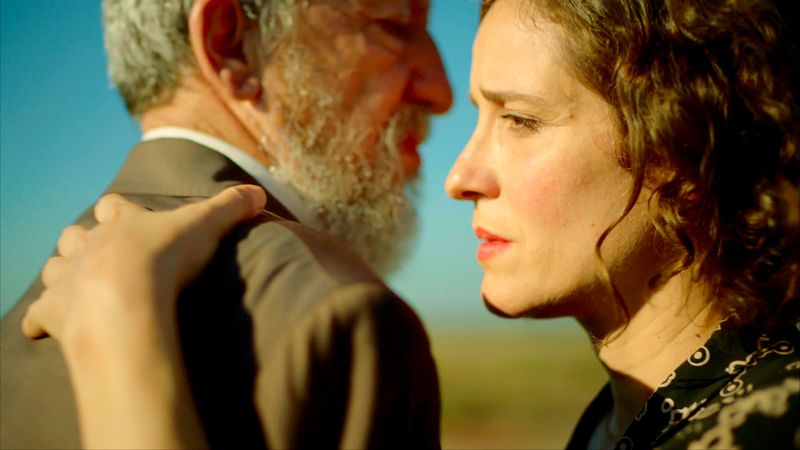
The original multimedia project The city and the city is a feature film – installation, co-directed by Christos Passalis and Syllas Tzoumerkas, two directors both born in Thessaloniki in 1978, who are engaging in a creative return to their hometown for the first time. A film project that blurs the lines between fiction, documentary and essay film. Six episodes from the life and perils of the Jewish community of Thessaloniki intertwine with the image of the city as it is today, creating a multi-character narration where two cities co-exist in the same frame: the city of Thessaloniki of the previous century and the city in its present state. Concept – Screenplay – Directors: Christos Passalis and Syllas Tzoumerkas. Director of photography: Simos Sarketzis. Editor: Yorgos Zafiris. Cast: Vassilis Kanakis, Alexandros Vardaxoglou, Angeliki Papoulia, Argyris Xafis, Niki Papandreou, Vassilis Karamboulas, Themis Bazaka, Danai Primali, Maria Filini, Laertis Malkotsis, Michalis Kimonas, Marisha Triantaffyllidou etc.
The city and the city, in collaboration with Thessaloniki International Film Festival and a co-production of Homemade films and producer Maria Drandaki and the Greek National Opera Alternative Stage, will be presented at the Greek National Opera Alternative Stage, at the Stavros Niarchos Foundation Cultural Center, on July 8, 9, 10, 11. The project is curated by Orestis Andreadakis.
This production, part of a tribute to the 2021 bicentennial of the Greek Revolution, is made possible by a grant from the Stavros Niarchos Foundation (SNF) [www.SNF.org].
With the support of the MOMus, Claims Conference, EKOME, Deutsch-Griechischer Zukunftsfonds, Rosa Luxemburg Stiftung – Office in Greece, the Region of Central Macedonia and the Jewish Community of Thessaloniki, and the collaboration of the Municipality of Thessaloniki, the Municipality of Thermaikos and the Athens Film Office.
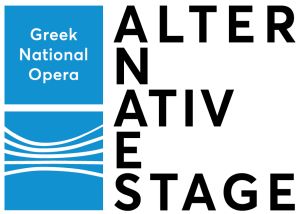
Founding Donor to the Alternative Stage & The 2021 Bicentennial of the Greek Revolution

The special edition
The 344-page Non-Catalogue of the 23rd Thessaloniki Documentary Festival is dedicated to the Bicentennial of the Greek Revolution. It is a special edition from the Non-Catalogue series, which examines - through rich illustration and on the basis of the relationship between speech and the moving image - issues such as the formation of national identity, collective trauma and memory.
The first section of the publication includes articles written in the context of the research conducted on the development of the application e21 and they study the legacy of Makriyannis and Zografos, as an example of "early graphic novels or documentaries". Contributors: Orestis Andreadakis (Artistic Director of the Thessaloniki Film Festival), Dimitris P. Sotiropoulos (Professor of Contemporary Political History and President of the Department of Administrative Science & Technology at the University of Peloponnese), Babis Venetopoulos (Assistant Professor at the School of Fine Arts, Aristotle University of Thessaloniki) and Geli Mademli (Publications Coordinator of the Thessaloniki Film Festival).
The articles in the second section converse with the film – installation project The city and the city. Contributors: Orestis Andreadakis, Actor and director Christos Passalis - in a conversation with actor and musician Leonardos Batis, the grandson of Holocaust survivor Leon Batis -, Giorgos Antoniou (Assistant Professor at AUTh’s School of History, Chair of Jewish Studies), Leon A. Nar (PhD in Modern Greek Literature in AUTh, teacher of Greek Literature at the Anatolia American College of Thessaloniki). This section also includes an article by director Syllas Tzoumerkas.
In the third section, the Festival attempts for the first time to document all the fiction and documentary films that include (direct or indirect) representations of the Greek Revolution. The documentation of the fiction films was completed in the framework of the research project “Project 1821” undertaken by the School of Film Studies, Faculty of Fine Arts of the Aristotle University in Thessaloniki, under the scientific guidance of Dr. Paris Mouratidis, who contributes to the publication in with an article. The section also includes an article by Ursula - Helen Cassavetes (film historian). The research on the documentaries on 1821 was conducted by the Festival, under the guidance of the Head of Tributes, Dimitris Kerkinos, in collaboration with the journalist and translator Yorgos Papadimitriou.
The bilingual edition, designed by Karlopoulos&Associates, will be available at the Festival’s e-shop and in bookstores in Greece, in collaboration with Nefeli Publications.


